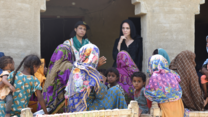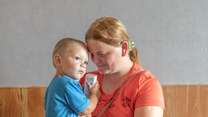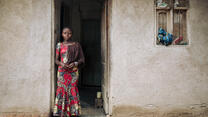From 2013 through 2020 the International Rescue Committee (IRC) and partners joined with the Pakistan Ministry of Education to implement the Pakistan Reading Project (PRP), which reached 1.78 million students across seven provinces. This analysis examines the costs of implementing PRP for a two-year cohort of the project in one province, Khyber Pakhtunkhwa. The analysis separates out the “fixed” costs of program management, from the costs of four components: reading and learning materials, face-to face training for teachers, teacher inquiry groups, and school support visits.
Approximately half of all costs for PRP cohort three were spent on fixed costs such as NGO operating costs and support staff. The magnitude of these coordination and support costs suggests the need for support and coordination will not simply ‘disappear’ when PRP is handed over to the Ministry of Education. The costs of support and coordination will likely be different for the government than for the IRC and should be explicitly considered in scale planning.
The full package of PRP services cost $1,518 per school, the equivalent of roughly $45 per student given the average class size in this sample. Using cost and impact data together allowed researchers to isolate which components contributed the most per dollar spent, to student literacy outcomes. The most cost-effective package of services included reading and learning materials, face-to-face trainings, and school support visits on top of basic program operations.



